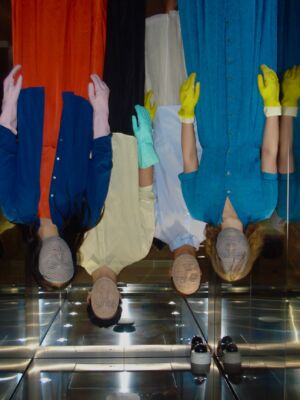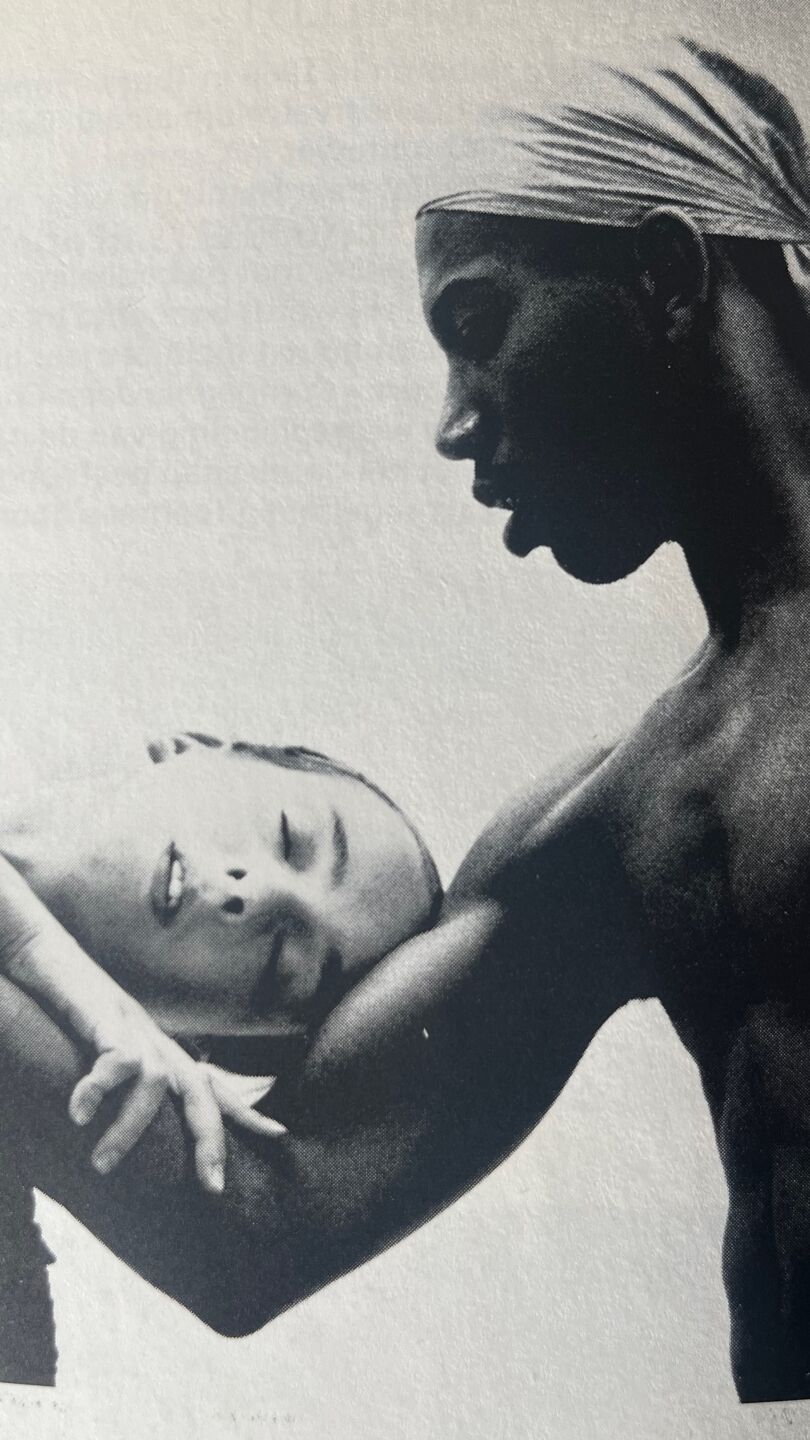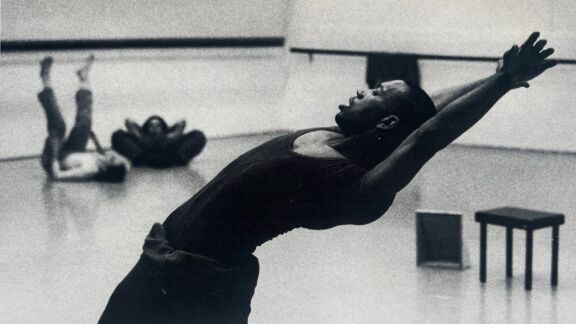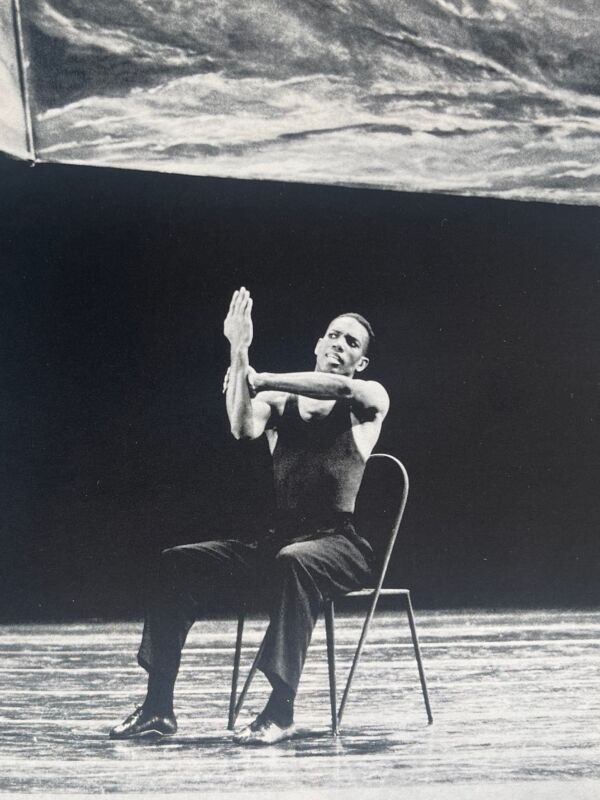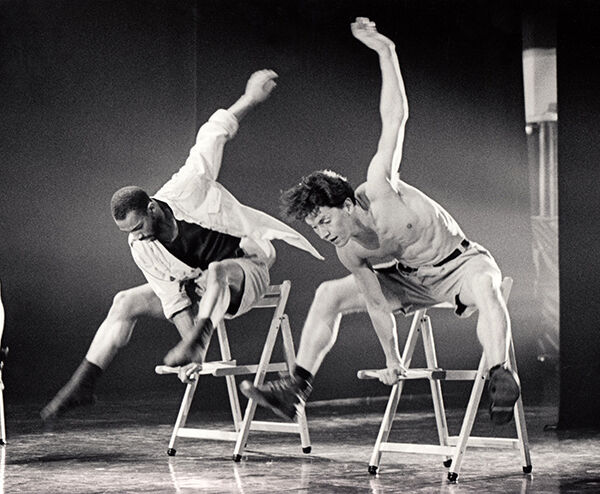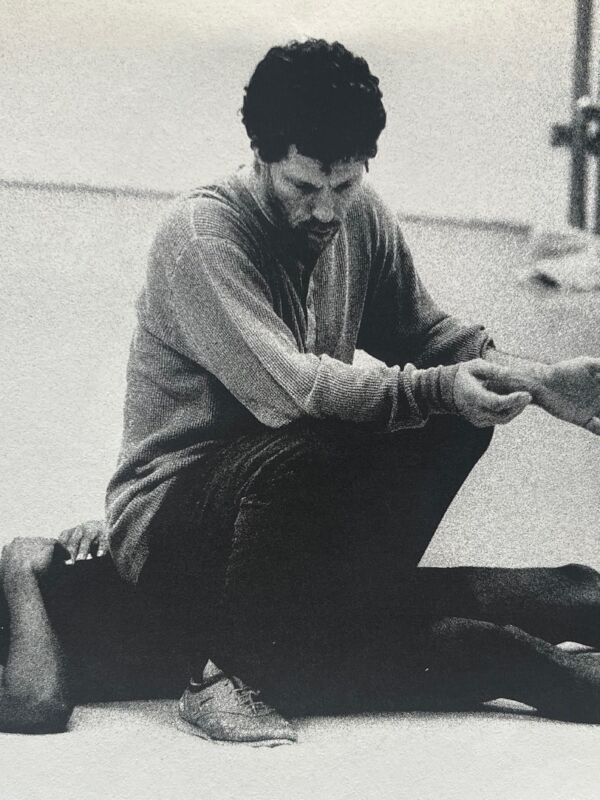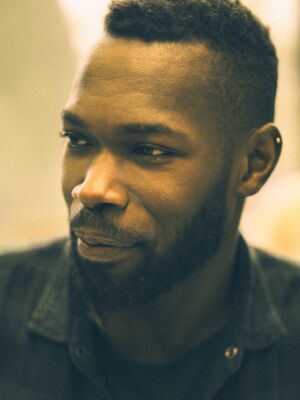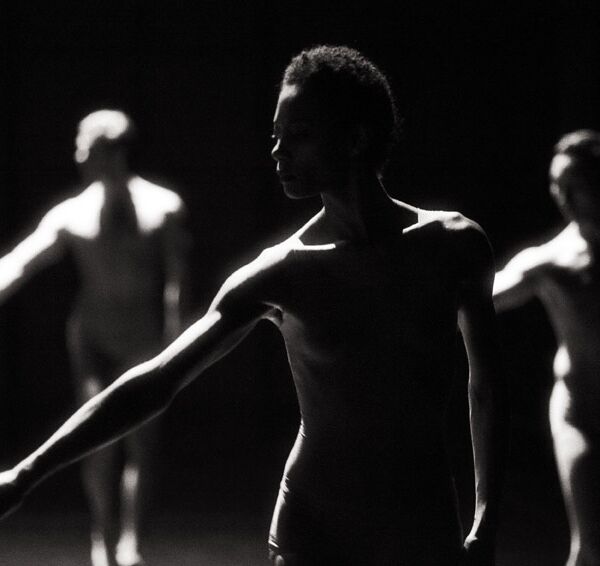“During my adolescence, my mother began searching for activities for me to pursue. I tried a few sports and playing musical instruments, but none of them really stuck. I also had cousins around my age who started dancing, and that’s how I was introduced to the world of dance. I was about 7 years old when I took my first dance class, a Katherine Dunham-based jazz class at the Philadelphia School of Dance Arts, directed and founded by Joan Myers Brown. Two years later, at 9, I showed up again in the tap dance classes, which I enjoyed!”
“It was from there that I started to build a relationship with dance and mentors like Mrs. Brown, Harold Pierson, and Delores Brown, who persuaded me, class by class, to take on a new dance style. That was how I eventually found myself in ballet and modern dance classes. The school performed at The Academy of Music annually, so I performed a lot as a youngster. My early mentors encouraged my talent, and I was one of the few boys in the programme. Nevertheless, they always assured me that there was more growth and development to be had if I wanted to continue in dance. After all, I was pretty young at that stage in my life, and dance reinforced my ties to family and community.”
“During my early teenage years in Philadelphia, I was fortunate to dance in the Philadelphia Dance Company’s training program (Danco 2) and eventually in the 1st company during high school, where I collaborated with Gene Hill Saigon, Louis Johnson, and Tally Beatty. The training programme took place during the early to mid-afternoon hours. While the 1st company started work from the late afternoon until the evening.”
“I spent a great deal of time observing experienced dancers rehearse Beatty’s masterpiece, Pretty Is Skin Deep, Ugly Is to the Bone, featuring legends like David St. Charles and Deborah Manning, which gave me a close look at how masterful professionals work daily. In the company, I received instruction from Denise Jefferson, Pat Thomas, Marion Cuyjet, Pearl Primus, and Anne-Marie Forsythe, all of whom have influenced my teaching approach today.”

